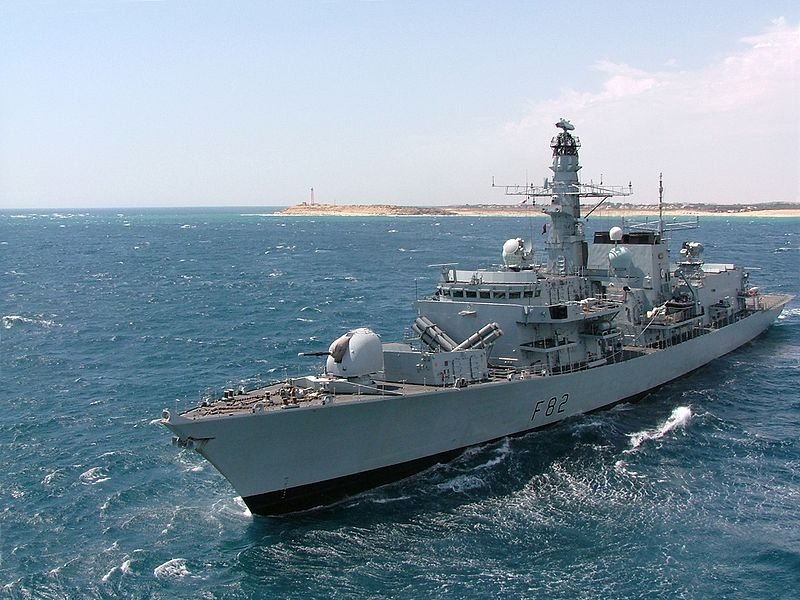The Royal Navy’s new radar has taken a major step forward as the first ARTISAN radar production system, destined for HMS Iron Duke, commences tracking trials on the Isle of Wight.
The ARTISAN radar has been designated Type 997 by the Royal Navy for the pound100 million programme to equip the Type 23 frigates, amphibious ships and the new Queen Elizabeth class aircraft carriers. It is also proposed for the new Type 26 frigates which are expected to come into service as soon as possible after 2020.
As well as undertaking dedicated trials designed to prove its performance the new radar, whilst undergoing testing, will be tracking commercial flights, including those from regional airports and passing shipping. These trials follow successful testing of the antenna sub-system in the Cowes Antenna Test Facility, a state of the art radar assessment and calibration chamber built to enable full-power testing of systems in a controlled environment. A series of tests demonstrated to the UK Ministry of Defence’s (MoD) satisfaction that the sub-system was processing data between the antenna that would be on the ship’s mast and the radar system cabinets that sit below below-decks.
The Type 23 frigate HMS Iron Duke will receive its new radar during a refit period scheduled to start mid-2012. In preparation for that the project team will soon move a complete ARTISAN radar system to the land based test site in Portsmouth where the radar will be integrated and tested with the rest of the Type 23’s combat system in advance of installation on the ship. Meanwhile, training materials for operators and maintainers are under development for delivery through the Royal Navy’s Maritime Composite Training System.
Group Captain Mike Quigley, Short Range Air Defence Team Leader at the MoD’s Defence Equipment and Support said, ‘This is an important milestone in an important programme for the Royal Navy. The pace at which the development is progressing is very encouraging.’
Les Gregory, Radar Director BAE Systems Mission Systems said, ‘Many years of technology development have gone into the ARTISAN radar and it is immensely satisfying to see this production system performing in the real world. We look forward to meeting the Royal Navy’s needs for first-class radar performance for many years to come.’
ARTISAN sets new standards in surveillance and tracking accuracy to improve performance in inshore waters, where today’s smaller and quicker targets present greater challenges against background clutter, particularly over land. This tracking accuracy will also enable ARTISAN to provide air traffic management facilities for the Queen Elizabeth Class aircraft carrier.
The ARTISAN contract was originally awarded in 2008 and includes a ten year availability support package designed to ensure that the radar will meet the Royal Navy’s demanding operational needs. BAE Systems currently maintains the existing Type 996 radar – which ARTISAN will replace – to be available well over 90 per cent of the time under an innovative and flexible in-service support contract.










